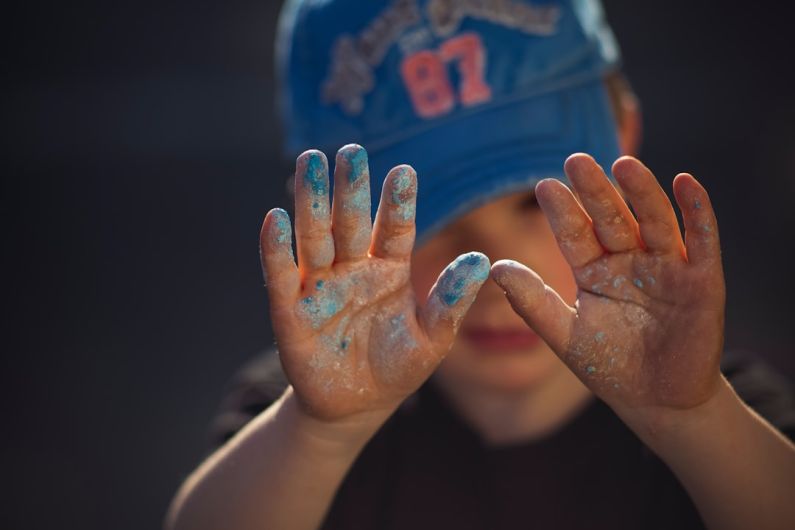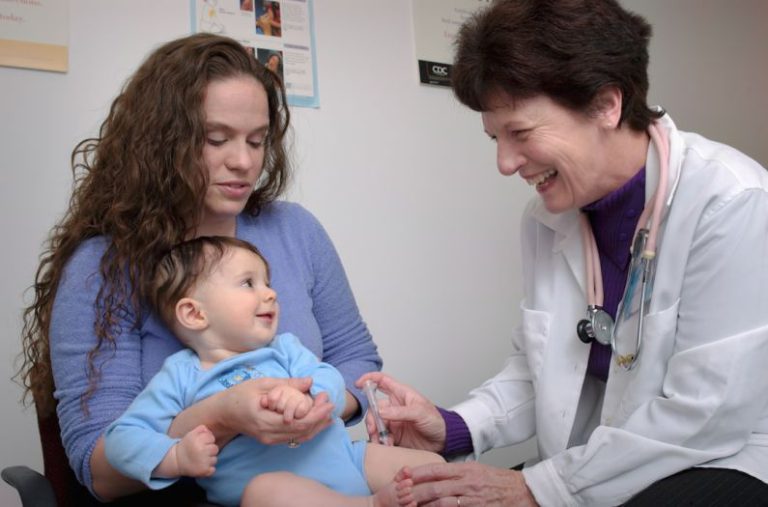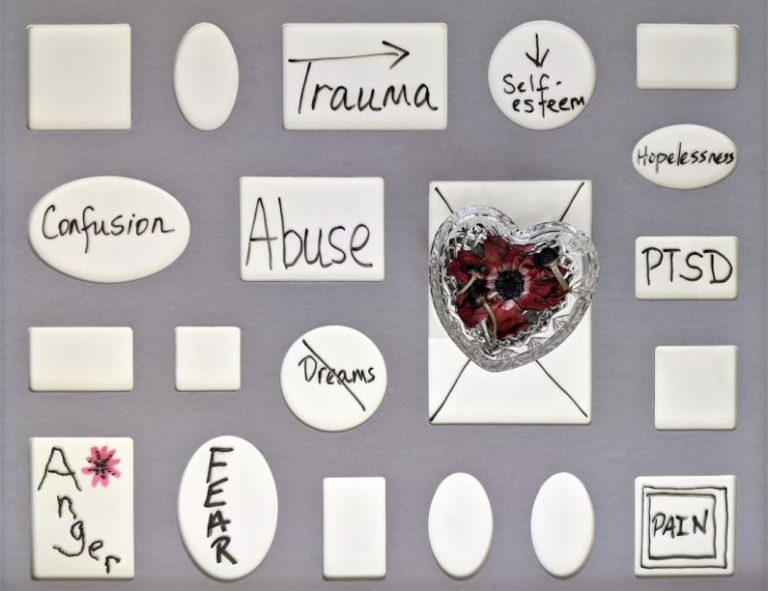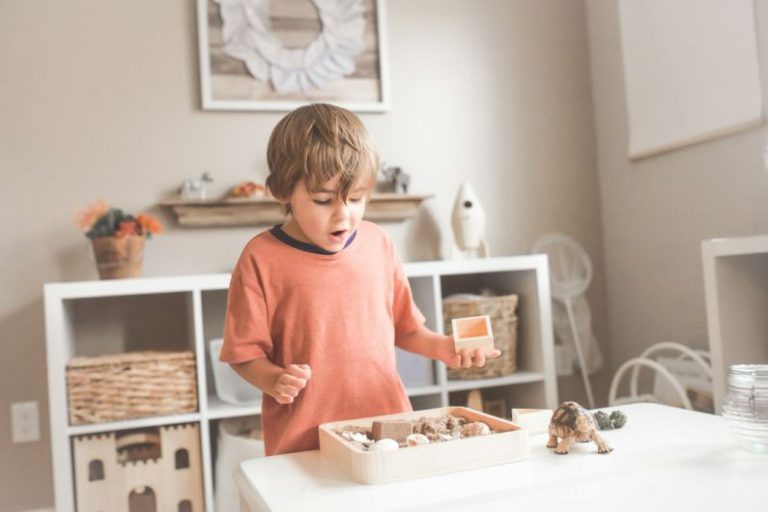How to Kindle Creativity in Young Children?
Igniting Creativity in Young Minds
Creativity is a powerful force that drives innovation, problem-solving, and self-expression. For young children, fostering creativity is essential for their cognitive development and overall well-being. By providing opportunities for children to explore, experiment, and imagine, we can help kindle their innate creativity and unleash their full potential. Here are some effective ways to spark creativity in young minds.
Encourage Open-Ended Play
One of the best ways to nurture creativity in young children is through open-ended play. This type of play allows children to use their imaginations and creativity freely, without any specific rules or guidelines. Encouraging children to engage in activities such as building with blocks, playing dress-up, or creating art with various materials can help them develop their creativity and problem-solving skills. By providing a variety of open-ended materials and allowing children to play in their own way, we can help them explore their interests and express themselves creatively.
Provide Opportunities for Exploration
Another way to kindle creativity in young children is by providing opportunities for exploration. Children are naturally curious and eager to learn about the world around them. By exposing them to new experiences, environments, and ideas, we can help stimulate their creativity and expand their knowledge. Taking children on nature walks, visiting museums, or participating in hands-on science experiments can all inspire creativity and spark their imaginations. Encouraging children to ask questions, make observations, and think critically about the world around them can also help cultivate their creativity and curiosity.
Support Divergent Thinking
Divergent thinking is the ability to generate multiple solutions to a problem or question. By supporting divergent thinking in young children, we can help them develop their creativity and problem-solving skills. Encouraging children to think outside the box, consider alternative perspectives, and explore different possibilities can help expand their minds and foster their creativity. Providing children with open-ended questions, creative prompts, and opportunities for brainstorming can all help support divergent thinking and nurture their creative abilities.
Embrace Mistakes and Failure
Creativity thrives in an environment where mistakes and failure are embraced as opportunities for learning and growth. By encouraging children to take risks, try new things, and learn from their mistakes, we can help them develop resilience and creative problem-solving skills. Instead of focusing on perfection or right answers, we should celebrate the process of creativity and the journey of exploration. Encouraging children to experiment, make mistakes, and learn from failure can help build their confidence and resilience, enabling them to unleash their full creative potential.
Create a Creative Environment
Creating a creative environment is essential for fostering creativity in young children. By providing a space that is filled with inspiring materials, tools, and opportunities for exploration, we can help stimulate children’s imaginations and encourage their creativity. Setting up a dedicated art area, providing a variety of art supplies, and displaying children’s artwork can all help create a supportive environment for creativity. Additionally, incorporating elements of nature, music, and storytelling into the environment can help inspire children and ignite their creative spark.
In conclusion…
Nurturing creativity in young children is a rewarding and essential aspect of their development. By encouraging open-ended play, providing opportunities for exploration, supporting divergent thinking, embracing mistakes and failure, and creating a creative environment, we can help kindle the creative flame in young minds. By fostering creativity in children, we can empower them to think critically, solve problems creatively, and express themselves authentically, setting them on a path to a lifetime of innovation and self-discovery.






